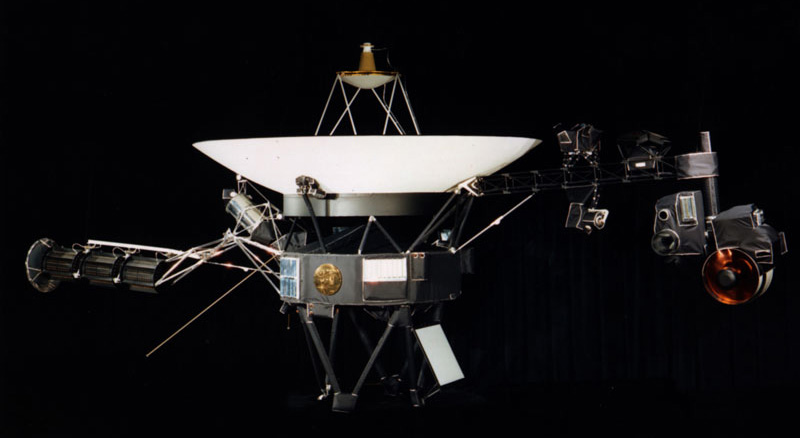Bill,
I expect you will have heard via the grapevine, George Burt GM3OXX is silent key. Bad news travels faster than light.
I knew George GM3OXX before I was even licensed in the 70's, as I heard his broad Scottish accent on 2m AM when he was portable on a local hill and was using 2m to set up 3cm contacts with QRPp WBFM. I climbed the hill and introduced myself and he graciously answered my questions.
George didn't drive but despite that was able to climb all of the Munros (summits over 3000 feet) in Scotland and operated on 2m from all of them. He used hitch hiking and buses or bicycle to get to foot of the mountains.
Fast forward a few years, I had my first ticket GM8HEY...
I spent a night in my grandfather's ridge tent on top of Snaefell (the highest mountain in the Isle of Man) (GD) with George. We had planned to take my car to the island by ferry, but had not realized that the TT motorcycle races were on and the Ferry was fully booked. We had to go as foot passengers and reduce the amount of gear. George carried his tripod and dish, 3cm and 2m gear and antennas plus rations etc, I carried this huge ancient canvas tent with wooden poles and pegs. We got to a campsite and we were told it was full, when we asked where the next site was the owner asked us where our motorbikes were, we explained we had come by foot, so he let us pitch our tent after all as we weren't bikers.
George originally had planned to climb the mountain by foot, but with this huge tent even though I was fifteen years younger than George I would never have made it, so reluctantly we took the mountain railway which goes nearly to the summit of Snaefell.
The previous night it had snowed on the mountain, fortunately it was just freezing cold and windy when we camped right on the top. We had to use rocks to try and hold the old ridge tent down, it had no built in ground sheet. George's "rations" seemed to be a bar of chocolate and some tea that he boiled on a tiny stove powered by some little pebble sized block of flammable material. I have never been so cold and hungry after a night in a sleeping bag. We idled some of the time calling stations on
2m with George's homebrew 2m battery powered transistorised transceiver.
Next morning it was too windy to set up the dish and tripod, so we assembled it -inside- the ridge tent and successfully operated from there on 3cm WBFM across to G, GW and GM. on 10mW QRP of course.
George went on to break UK and EU distance records on 3cm before packing microwaves in and going back to QRP on HF.
George was as fit as a mountain goat in his youth, tragically he was struck down with a terrible condition in early middle age that robbed him of his strength and ability to even walk, let alone climb mountains, but you wouldn't have known it, he never complained, just the same old George "building wee boxes" as he put it to me on one of the last times I spoke to him.
If you visited George's shack, you wouldn't find any commercial gear at all, everything he built himself, it was so beautifully made too, I marvelled at how compact and neat it was.
There won't be another George Mary Three O Ocean X X-Ray X X-Ray on the bands.
Thanks for all the great times George, I am sure you won't be resting, you are probably designing that next "wee box".
-- David GM4JJJ















































.jpg)









